Home>Furniture & Design>Interior Design Trends>How To Get Goo Gone Off Glass
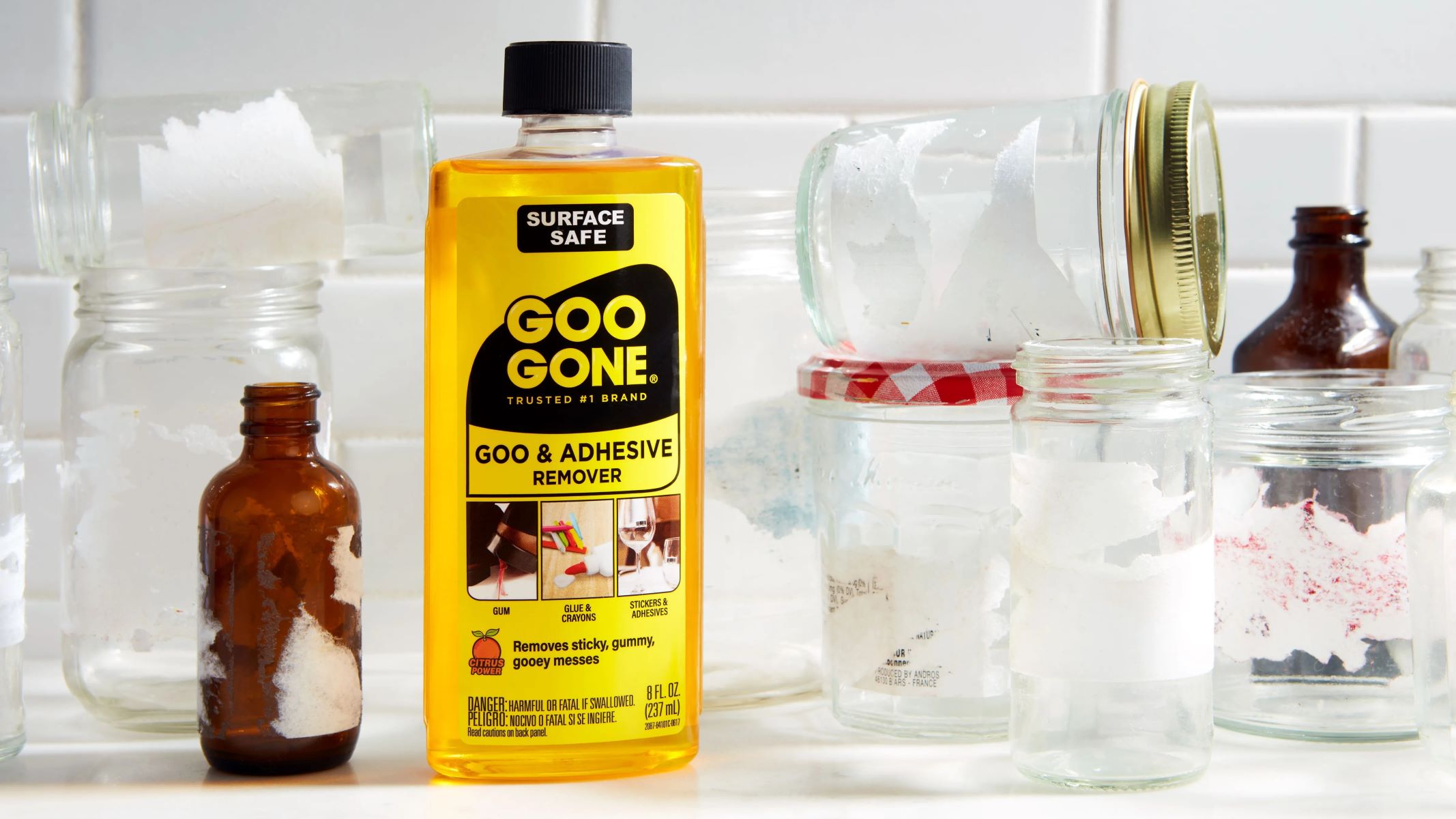

Interior Design Trends
How To Get Goo Gone Off Glass
Published: February 7, 2024
Learn how to effectively remove Goo Gone from glass surfaces with these interior design trends. Keep your space looking clean and polished effortlessly.
(Many of the links in this article redirect to a specific reviewed product. Your purchase of these products through affiliate links helps to generate commission for Storables.com, at no extra cost. Learn more)
Introduction
Removing Goo Gone from glass surfaces can be a challenging task, but with the right approach and tools, it can be accomplished effectively. Goo Gone is a powerful adhesive remover that is commonly used to eliminate sticky residues left behind by labels, stickers, and tape. While it excels at its primary function, it can leave unsightly marks and streaks on glass if not properly removed. In this comprehensive guide, we will delve into the step-by-step process of safely and efficiently removing Goo Gone from glass surfaces, ensuring a pristine and clear finish.
Understanding the nature of Goo Gone and its interaction with glass is crucial in successfully tackling this cleaning task. Goo Gone is formulated with powerful solvents and oils that work together to break down and dissolve adhesives and sticky residues. When applied to glass, these components can leave behind a stubborn film that requires careful attention to remove completely. By gaining insight into the properties of Goo Gone and the characteristics of glass surfaces, we can tailor our approach to achieve optimal results without causing damage.
With the right tools and materials at your disposal, you can streamline the Goo Gone removal process and minimize the risk of damaging the glass. Equipping yourself with items such as microfiber cloths, mild dish soap, and rubbing alcohol will facilitate the thorough cleaning of the glass surface. Additionally, having a plastic scraper or a razor blade on hand can aid in gently lifting any stubborn residue without scratching the glass.
By following the step-by-step instructions outlined in this guide, you will learn how to prepare the glass surface, apply Goo Gone effectively, and safely remove any residual traces. Furthermore, we will explore the essential post-cleaning steps to ensure that the glass is left sparkling and free from any lingering Goo Gone residue. Whether you are dealing with Goo Gone spills, accidental smudges, or leftover residue from previous cleaning attempts, this guide will equip you with the knowledge and techniques to restore the glass to its pristine condition.
In the subsequent sections, we will delve into the specifics of each step, providing clear and actionable guidance to help you navigate the Goo Gone removal process with confidence. With a methodical approach and attention to detail, you can effectively banish Goo Gone from your glass surfaces, leaving them crystal clear and free from any remnants of the adhesive remover.
Key Takeaways:
- Safely and effectively remove Goo Gone from glass by preparing the surface, applying Goo Gone with care, and systematically removing residue. Thorough cleaning ensures a pristine, professional finish.
- Understanding Goo Gone’s properties and using the right tools and materials empowers you to restore glass surfaces to their original clarity and brilliance.
Read more: How To Remove Goo Gone Residue From Glass
Understanding Goo Gone
Goo Gone is a versatile and potent adhesive remover that is widely used to eliminate sticky residues from various surfaces, including glass. Its formulation comprises a blend of powerful solvents and oils, designed to break down and dissolve adhesives, stickers, labels, and other stubborn residues. When applied to glass surfaces, Goo Gone effectively softens and loosens the adhesive bonds, making it easier to remove unwanted substances.
The solvents in Goo Gone work by penetrating the adhesive, weakening its grip on the glass surface. This allows for the efficient removal of stickers, tape, and other sticky residues without causing damage to the underlying material. However, the same solvents that make Goo Gone effective can also leave behind a thin film or residue on the glass if not properly addressed. This residual film can detract from the clarity and appearance of the glass, necessitating thorough cleaning to restore its pristine condition.
It is important to note that Goo Gone contains powerful chemicals that can pose risks if not handled with care. The solvents and oils in Goo Gone can have strong odors and may cause skin irritation upon prolonged contact. Therefore, it is essential to use Goo Gone in a well-ventilated area and to wear protective gloves to minimize direct skin exposure. Additionally, it is advisable to read and follow the manufacturer's instructions and safety guidelines when using Goo Gone to ensure safe and effective application.
Understanding the nature of Goo Gone and its interaction with glass surfaces is crucial in devising an effective removal strategy. By recognizing the solvents' ability to break down adhesives and the potential for residual film, one can tailor the cleaning approach to address these specific characteristics. This knowledge empowers individuals to approach Goo Gone removal with confidence, knowing how to mitigate its effects and restore the glass to a pristine state.
In the subsequent sections, we will delve into the practical steps and techniques for safely and efficiently removing Goo Gone from glass surfaces, ensuring a thorough and effective cleaning process. By combining this understanding of Goo Gone's properties with the practical application of cleaning methods, individuals can achieve optimal results and maintain the clarity and visual appeal of their glass surfaces.
Tools and Materials Needed
When embarking on the task of removing Goo Gone from glass surfaces, having the right tools and materials at your disposal is essential to ensure a thorough and effective cleaning process. Equipping yourself with the following items will streamline the Goo Gone removal process and minimize the risk of damaging the glass.
Microfiber Cloths
Microfiber cloths are an indispensable tool for cleaning glass surfaces. Their ultra-fine fibers are designed to trap and lift dirt, grime, and residues without leaving lint or streaks behind. When removing Goo Gone from glass, microfiber cloths excel at absorbing the solvent and residue, allowing for precise and thorough cleaning without scratching the surface.
Mild Dish Soap
A gentle dish soap serves as an effective cleanser for glass surfaces. When diluted with water, it can help remove any remaining Goo Gone residue while being gentle on the glass. The mild formulation of dish soap ensures that it does not leave behind a soapy film, contributing to a streak-free finish.
Read more: How To Get Tape Off Of Glass
Rubbing Alcohol
Rubbing alcohol, also known as isopropyl alcohol, is a valuable solvent for dissolving and removing stubborn residues. When used in moderation, it can aid in lifting any residual Goo Gone and evaporates quickly, leaving the glass surface clean and dry.
Plastic Scraper or Razor Blade
In cases where Goo Gone residue proves particularly stubborn, a plastic scraper or razor blade can be employed to gently lift the residue from the glass. It is crucial to exercise caution and use these tools with a light touch to avoid scratching or damaging the glass surface.
Warm Water
Warm water is a simple yet effective ally in the Goo Gone removal process. It can be used in combination with mild dish soap to create a gentle cleaning solution for wiping away any remaining residue and ensuring a pristine finish.
Protective Gloves
Given the potent nature of Goo Gone and the potential for skin irritation, protective gloves are essential for safeguarding your hands during the cleaning process. Opt for chemical-resistant gloves to minimize direct contact with the solvent and protect your skin from potential irritation.
By assembling these tools and materials, you will be well-prepared to tackle the task of removing Goo Gone from glass surfaces with confidence and precision. Each item plays a crucial role in facilitating the thorough cleaning and restoration of the glass, ensuring that the end result is a pristine, residue-free surface.
Read more: How To Get Hairspray Off Glass
Step 1: Preparing the Glass Surface
Before diving into the process of removing Goo Gone from glass, it is essential to prepare the glass surface to ensure an effective and thorough cleaning process. Proper preparation sets the stage for successful Goo Gone removal and minimizes the risk of leaving behind residual film or streaks. Here's a detailed guide on how to prepare the glass surface for Goo Gone removal:
Clear the Area
Begin by clearing the surrounding area to create a clean and unobstructed workspace. Remove any objects, decorations, or items near the glass surface to prevent accidental contact with Goo Gone or cleaning solutions. This step minimizes the risk of contamination and ensures that the cleaning process can proceed smoothly.
Ventilation
Ensure that the area is well-ventilated to disperse any fumes or odors that may arise during the Goo Gone removal process. Open windows and doors to promote air circulation, allowing any vapors from the solvent to dissipate quickly. Adequate ventilation is crucial for a comfortable and safe cleaning environment.
Protective Gear
Prior to handling Goo Gone or cleaning solutions, don protective gloves to shield your hands from direct contact with the potent solvent. Additionally, consider wearing safety goggles to protect your eyes from potential splashes or aerosolized particles. These precautions are essential for personal safety and minimize the risk of skin or eye irritation.
Read more: How To Get Sharpie Off Glass
Test in a Small Area
Before applying Goo Gone to the entire glass surface, conduct a patch test in a small, inconspicuous area. Apply a small amount of Goo Gone to the test area and observe any potential reactions or changes to the glass. This test allows you to assess the compatibility of Goo Gone with the specific type of glass and ensures that it does not cause adverse effects or damage.
Gather Cleaning Materials
Assemble the necessary cleaning materials, including microfiber cloths, mild dish soap, rubbing alcohol, warm water, and a plastic scraper or razor blade. Having these items readily available streamlines the cleaning process and allows for immediate access to the tools required for thorough Goo Gone removal.
By meticulously preparing the glass surface through these steps, you establish a conducive environment for effective Goo Gone removal. This proactive approach sets the foundation for a successful cleaning process, ensuring that the glass is primed for the subsequent application and removal of Goo Gone and the associated residues.
Step 2: Applying Goo Gone
Once the glass surface is adequately prepared, the next step involves the careful and precise application of Goo Gone to the affected areas. Applying Goo Gone correctly is crucial to effectively breaking down and loosening the adhesive residue, setting the stage for its subsequent removal. Here's a detailed guide on how to apply Goo Gone to glass surfaces:
-
Dispensing Goo Gone: Begin by dispensing a small amount of Goo Gone onto a clean, lint-free microfiber cloth. It is essential to use a minimal amount of Goo Gone to avoid oversaturation, which can lead to excessive dripping and potential contact with unintended areas of the glass surface.
-
Spot Testing: If you are dealing with a particularly delicate or sensitive type of glass, consider conducting a spot test in a small, inconspicuous area to ensure compatibility and assess any potential adverse reactions. This precautionary measure helps prevent unexpected damage or discoloration to the glass.
-
Gentle Application: With the Goo Gone applied to the microfiber cloth, gently and carefully dab or rub the affected areas of the glass surface. Focus on the adhesive residue, ensuring that the Goo Gone comes into direct contact with the stubborn residues, stickers, or labels. Avoid excessive pressure or rubbing, as this can spread the residue and potentially scratch the glass.
-
Allowing Dwell Time: After applying Goo Gone to the affected areas, allow it to dwell for a brief period as per the manufacturer's recommendations. This dwell time allows the solvents in Goo Gone to penetrate and soften the adhesive, making it easier to remove. Be mindful of the recommended dwell time to maximize the effectiveness of Goo Gone without allowing it to dry on the glass.
-
Reapplication if Necessary: In cases where the adhesive residue is particularly stubborn or extensive, consider reapplying Goo Gone to ensure thorough coverage and penetration. Exercise caution and moderation when reapplying Goo Gone, as excessive use can lead to prolonged dwell times and potential challenges in residue removal.
By following these steps, you can effectively apply Goo Gone to glass surfaces, targeting adhesive residues and preparing them for the subsequent removal process. The careful and precise application of Goo Gone sets the stage for successful residue breakdown and facilitates the thorough cleaning of the glass surface.
Step 3: Removing Goo Gone Residue
After the application of Goo Gone to the glass surface, the next critical step involves the systematic removal of the dissolved adhesive residue and any remaining Goo Gone. This phase requires precision and care to ensure that the glass is thoroughly cleaned without leaving behind streaks or residual film. Here's a detailed guide on how to effectively remove Goo Gone residue from glass surfaces:
-
Gentle Wiping: Begin by using a clean microfiber cloth to gently wipe the glass surface, focusing on the areas where Goo Gone was applied. Employ light, circular motions to lift and absorb the dissolved adhesive residue and any residual Goo Gone. Avoid applying excessive pressure, as this can spread the residue and hinder the cleaning process.
-
Inspecting for Residue: After the initial wiping, inspect the glass surface for any remaining Goo Gone residue or adhesive remnants. Pay close attention to edges, corners, and intricate details where residue may persist. If residue is still present, proceed to the next steps for targeted removal.
-
Rubbing Alcohol Application: Dampen a clean microfiber cloth with rubbing alcohol and gently rub the areas with persistent Goo Gone residue. The rubbing alcohol serves as a solvent to further dissolve and lift any stubborn residue, facilitating its removal from the glass surface. Exercise caution to avoid excessive use of rubbing alcohol, especially on sensitive glass types.
-
Plastic Scraper or Razor Blade: In cases where adhesive residue proves particularly tenacious, utilize a plastic scraper or razor blade to carefully lift the remaining residue from the glass. Hold the tool at a shallow angle to the glass surface and gently scrape the residue, taking care to avoid applying excessive force that could scratch the glass.
-
Repeat as Needed: If any residue persists after the initial cleaning efforts, repeat the gentle wiping, rubbing alcohol application, and targeted scraping as necessary. Persistence and attention to detail are key to ensuring that all traces of Goo Gone and adhesive residue are effectively removed from the glass.
-
Final Inspection: Once the Goo Gone residue has been lifted and the glass surface appears clean, conduct a final inspection under adequate lighting to ensure that no streaks, film, or residue remain. This meticulous inspection guarantees that the glass is restored to its pristine state, free from any remnants of the adhesive remover.
By following these steps, you can systematically remove Goo Gone residue from glass surfaces, ensuring a thorough and effective cleaning process. The combination of gentle wiping, targeted solvent application, and careful scraping enables the complete removal of Goo Gone residue, restoring the glass to its original clarity and luster.
Read more: How To Get Resin Off Of Glass
Step 4: Cleaning the Glass
After successfully removing the Goo Gone residue from the glass surface, the final step involves thorough cleaning to ensure that the glass is left pristine, clear, and free from any lingering traces of the adhesive remover. This critical phase not only enhances the visual appeal of the glass but also contributes to a polished and professional finish. Here's a detailed guide on how to effectively clean the glass after Goo Gone removal:
Mild Dish Soap Solution
Prepare a mild dish soap solution by diluting a small amount of gentle dish soap in warm water. The mild formulation of the dish soap ensures effective cleaning without leaving behind a soapy residue. Dip a clean microfiber cloth into the soapy solution and gently wipe the entire glass surface, ensuring comprehensive coverage.
Rinse with Warm Water
After cleaning the glass with the soapy solution, rinse the surface thoroughly with warm water. This step serves to remove any residual soap and further cleanse the glass, preparing it for the final drying process. Ensure that all traces of the soap solution are completely rinsed off to prevent streaking or residue.
Drying with a Clean Cloth
Using a fresh microfiber cloth, carefully dry the glass surface to eliminate any remaining moisture and prevent water spots. Employ gentle, circular motions to ensure thorough drying, paying attention to edges and corners where water may accumulate. This step contributes to a streak-free and polished finish.
Read more: How To Get Oil Off Glass
Final Inspection
Conduct a meticulous final inspection of the glass surface under adequate lighting to ensure that it is free from streaks, residue, or water spots. This comprehensive inspection guarantees that the glass is impeccably clean and visually appealing, ready to showcase its pristine clarity.
By following these steps, you can effectively clean the glass after Goo Gone removal, ensuring that it is left in a sparkling and polished state. The combination of gentle soapy cleaning, thorough rinsing, and meticulous drying culminates in a glass surface that is free from any remnants of the adhesive remover, presenting a flawless and professional appearance.
Conclusion
In conclusion, the process of removing Goo Gone from glass surfaces demands a methodical approach, attention to detail, and the use of appropriate tools and materials. By understanding the nature of Goo Gone and its interaction with glass, individuals can tailor their cleaning approach to effectively address the challenges posed by adhesive residues and potential film formation. The careful preparation of the glass surface, precise application of Goo Gone, systematic removal of residue, and thorough cleaning culminate in the restoration of the glass to its pristine state.
The journey begins with meticulous preparation, including clearing the area, ensuring ventilation, donning protective gear, conducting a spot test, and gathering the necessary cleaning materials. These preparatory steps set the stage for a safe and effective Goo Gone removal process, minimizing the risk of unintended damage or complications.
The application of Goo Gone to the glass surface requires precision and care, ensuring that the solvent effectively targets adhesive residues without oversaturation or potential damage. By following the recommended steps for applying Goo Gone, individuals can facilitate the breakdown of adhesive bonds and prepare the residue for thorough removal.
The subsequent phase involves the systematic removal of Goo Gone residue, employing gentle wiping, targeted solvent application, and careful scraping as necessary. This meticulous approach ensures that all traces of Goo Gone and adhesive residue are effectively lifted from the glass, leaving behind a clean and clear surface.
Finally, the glass undergoes a comprehensive cleaning process, involving the use of a mild dish soap solution, thorough rinsing, and meticulous drying. This final phase guarantees that the glass is free from streaks, residue, or water spots, presenting a flawless and professional appearance.
By embracing the comprehensive approach outlined in this guide, individuals can confidently tackle the task of removing Goo Gone from glass surfaces, restoring clarity and visual appeal without compromising the integrity of the glass. The combination of understanding Goo Gone's properties, meticulous preparation, precise application, systematic removal, and thorough cleaning ensures that the glass emerges pristine and free from any remnants of the adhesive remover.
In essence, the successful removal of Goo Gone from glass surfaces is a testament to the fusion of knowledge, technique, and care, resulting in glass surfaces that exude clarity, brilliance, and a professional finish.
Frequently Asked Questions about How To Get Goo Gone Off Glass
Was this page helpful?
At Storables.com, we guarantee accurate and reliable information. Our content, validated by Expert Board Contributors, is crafted following stringent Editorial Policies. We're committed to providing you with well-researched, expert-backed insights for all your informational needs.
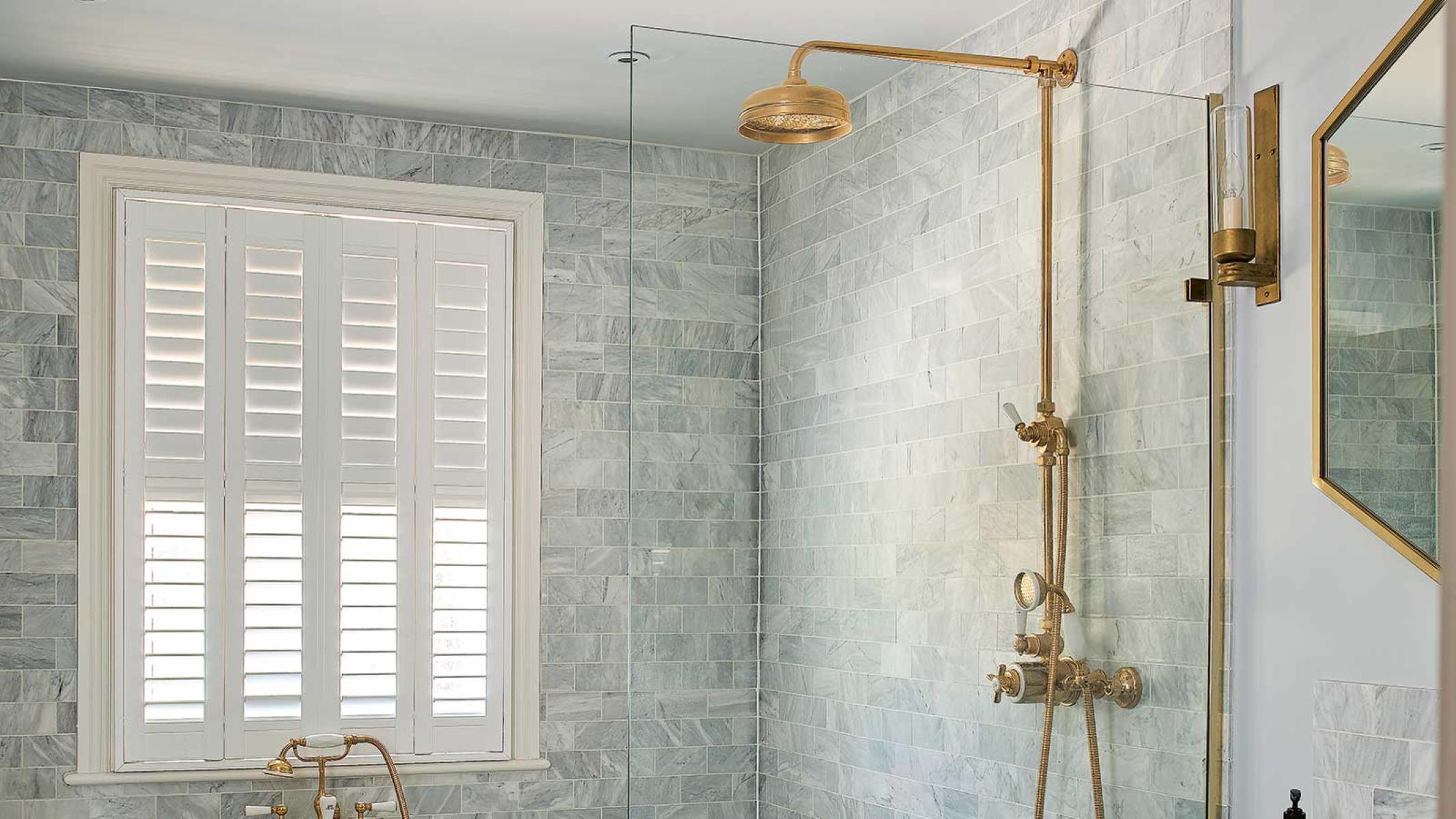
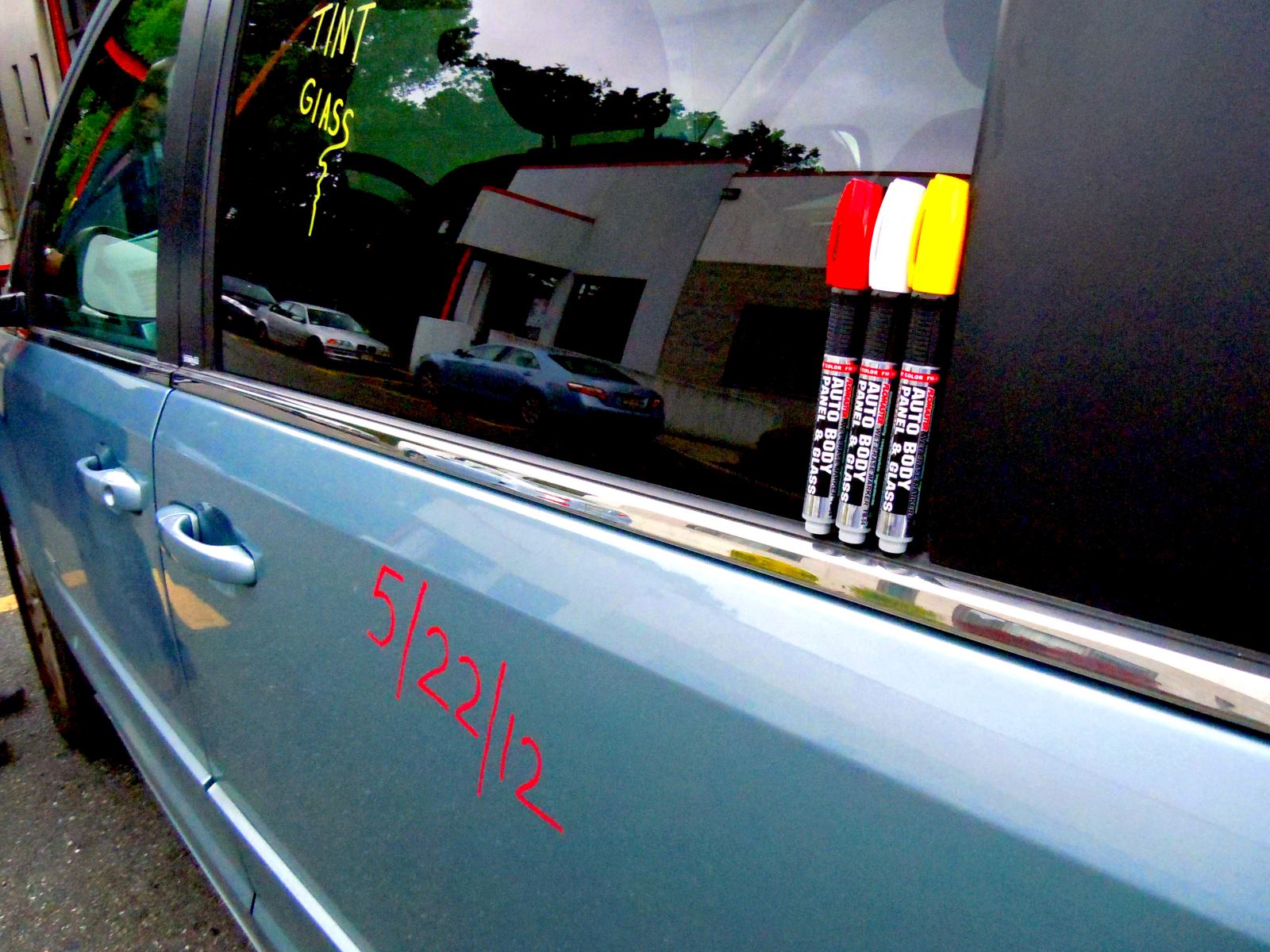
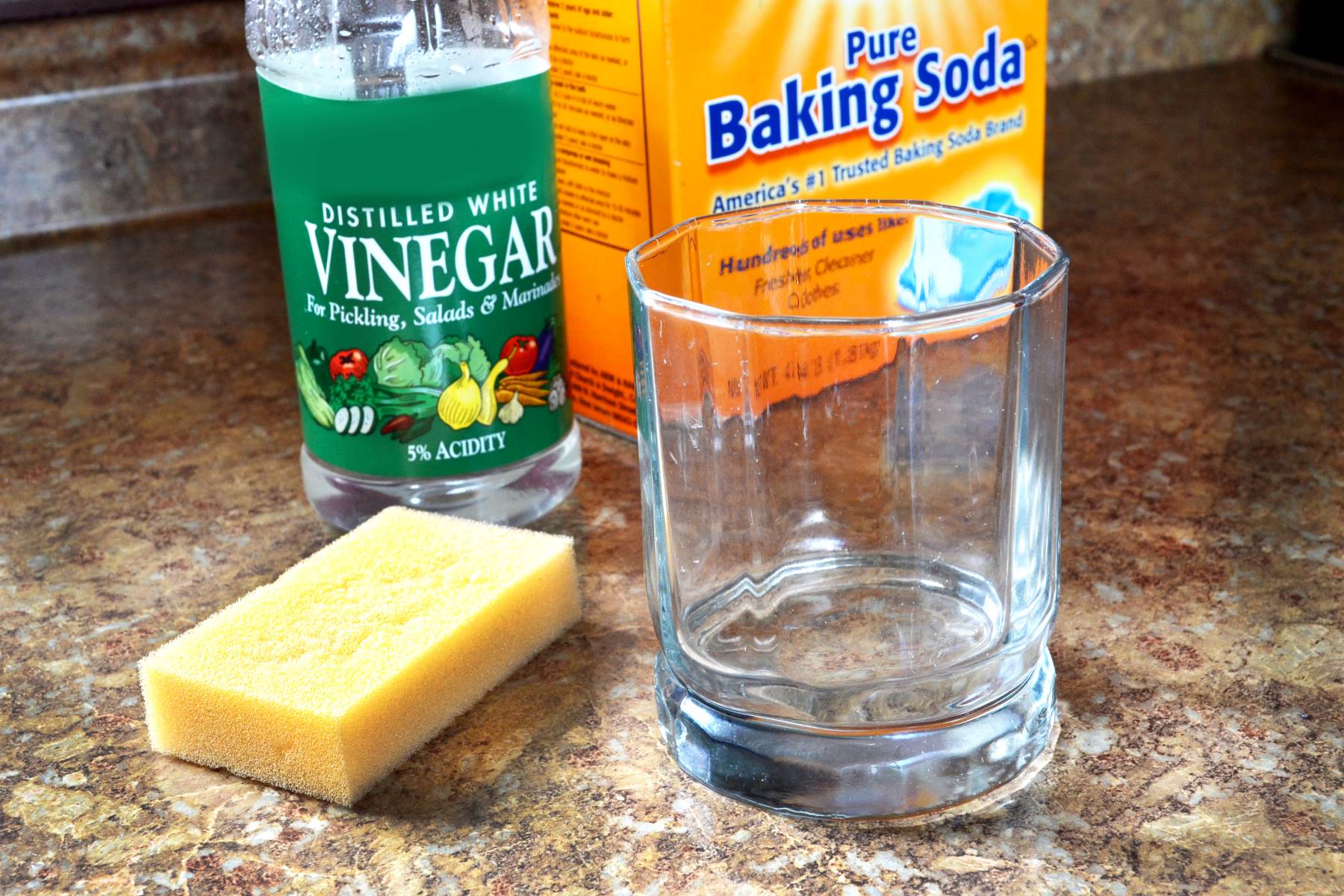
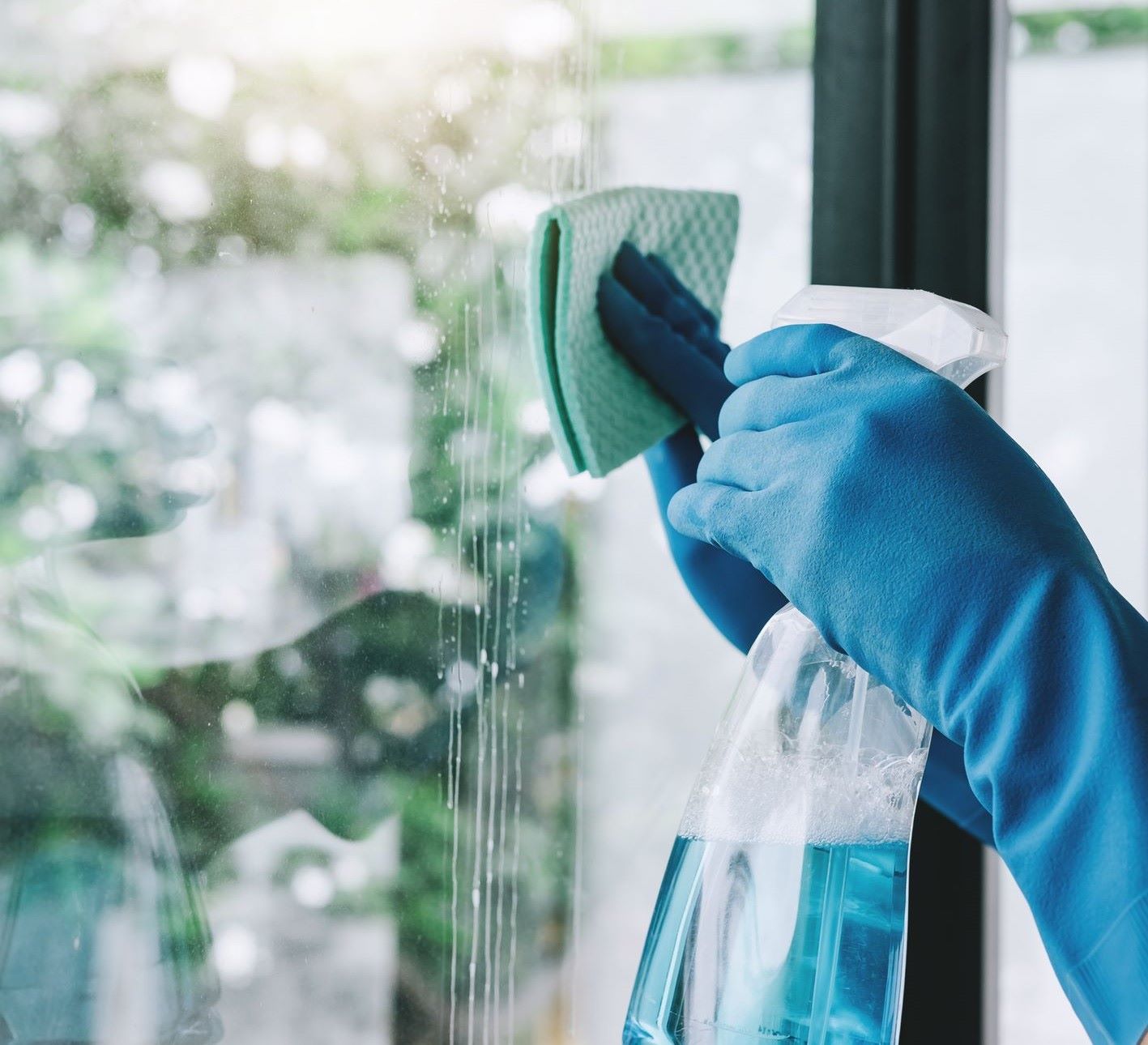
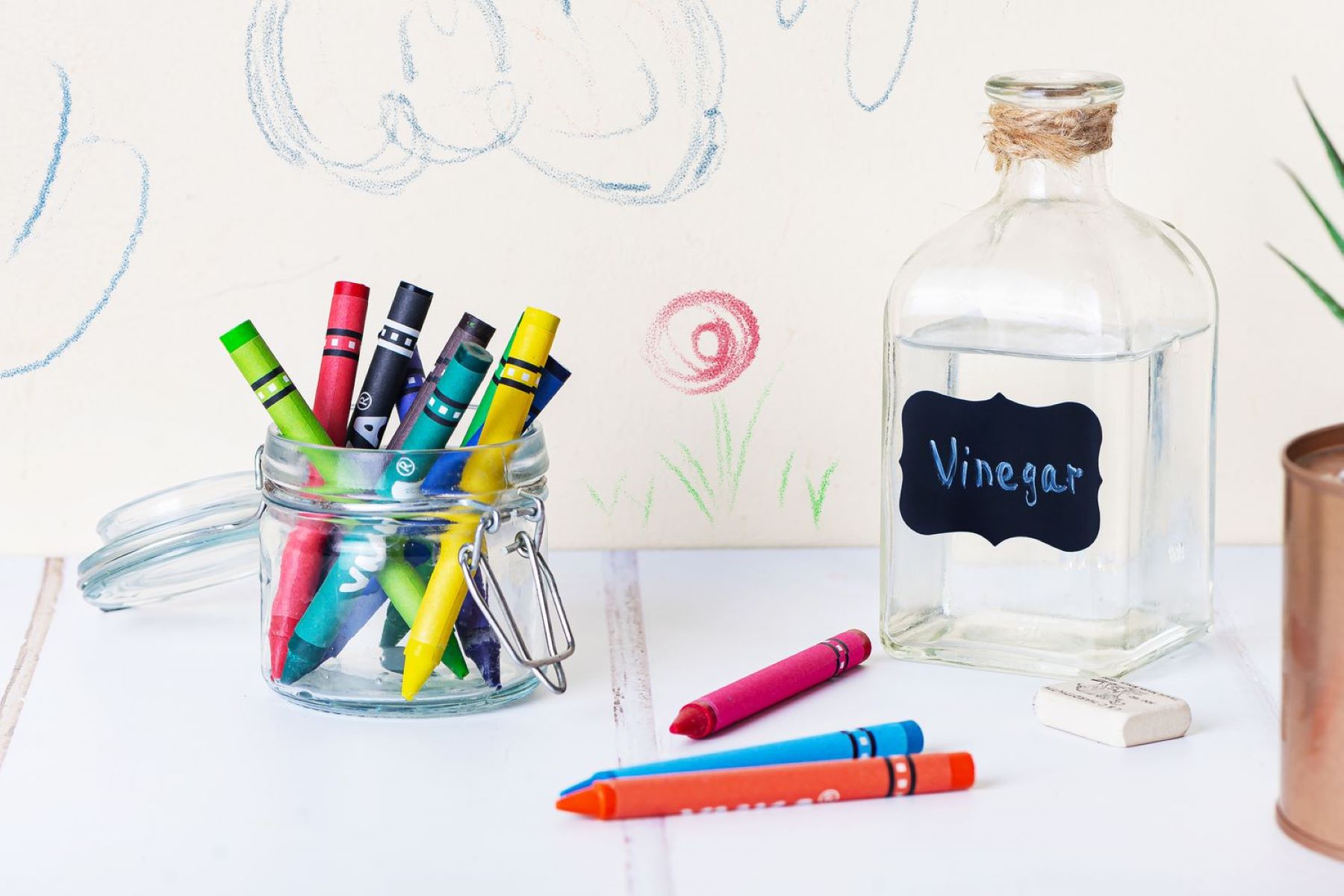
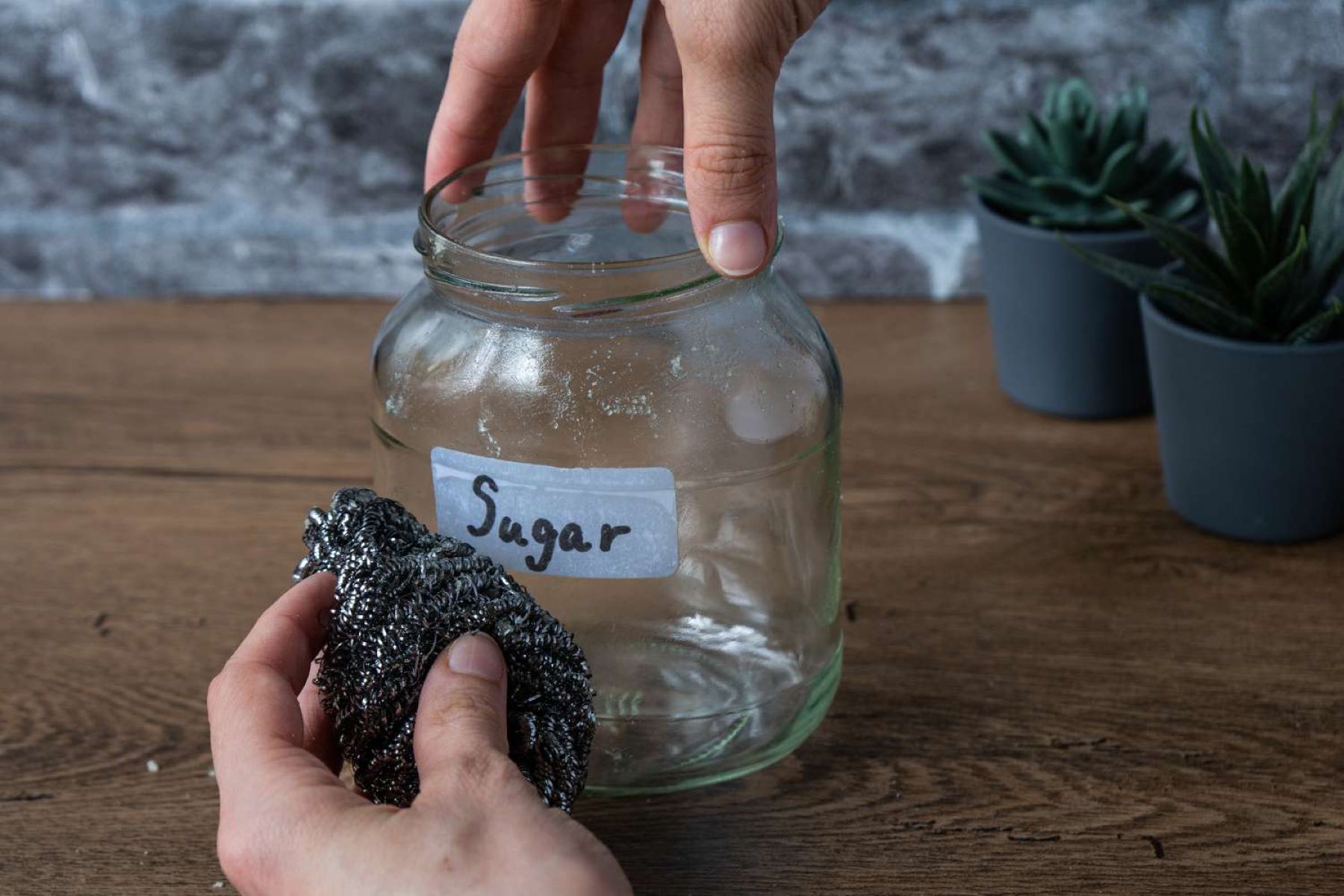
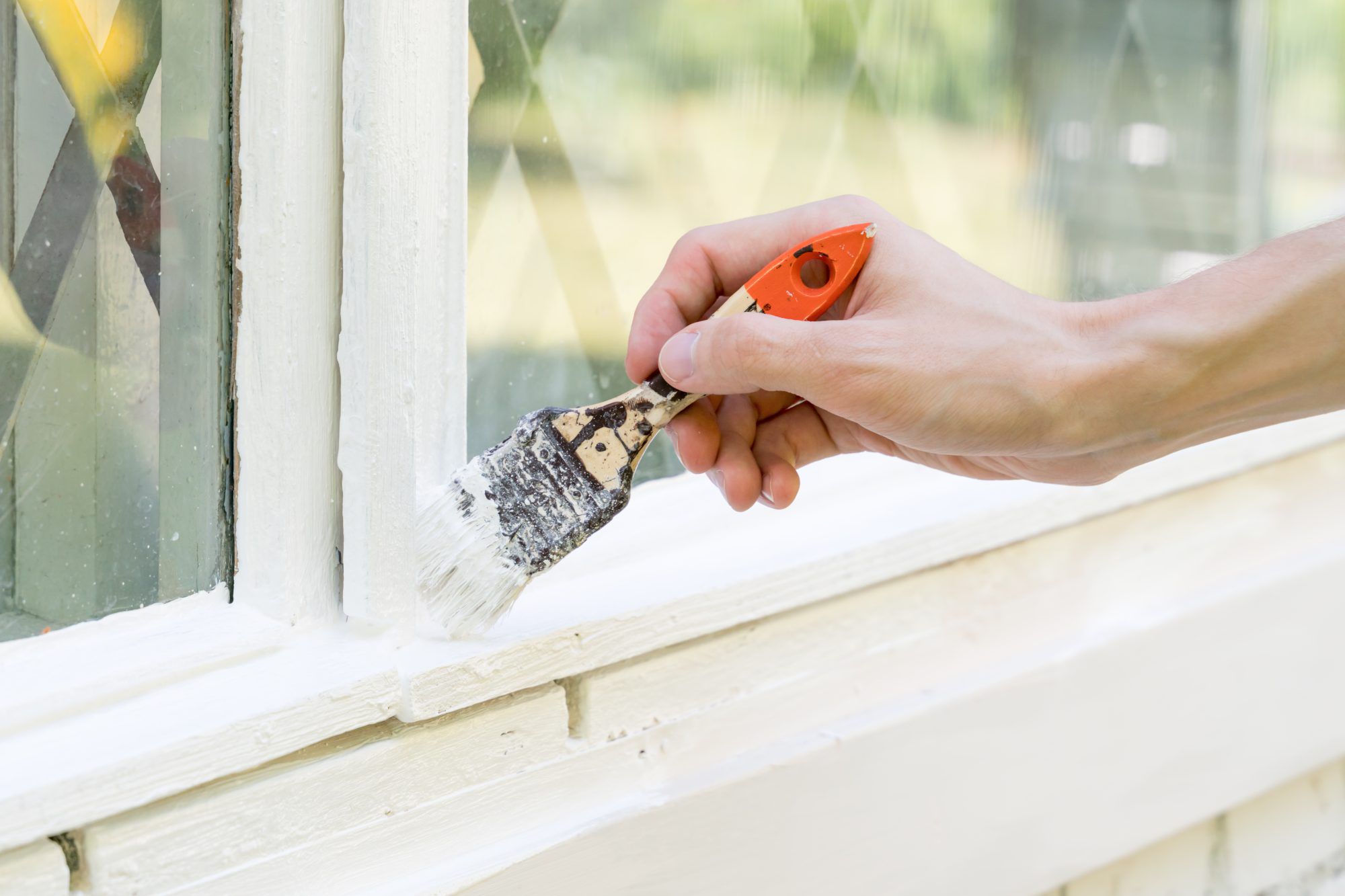
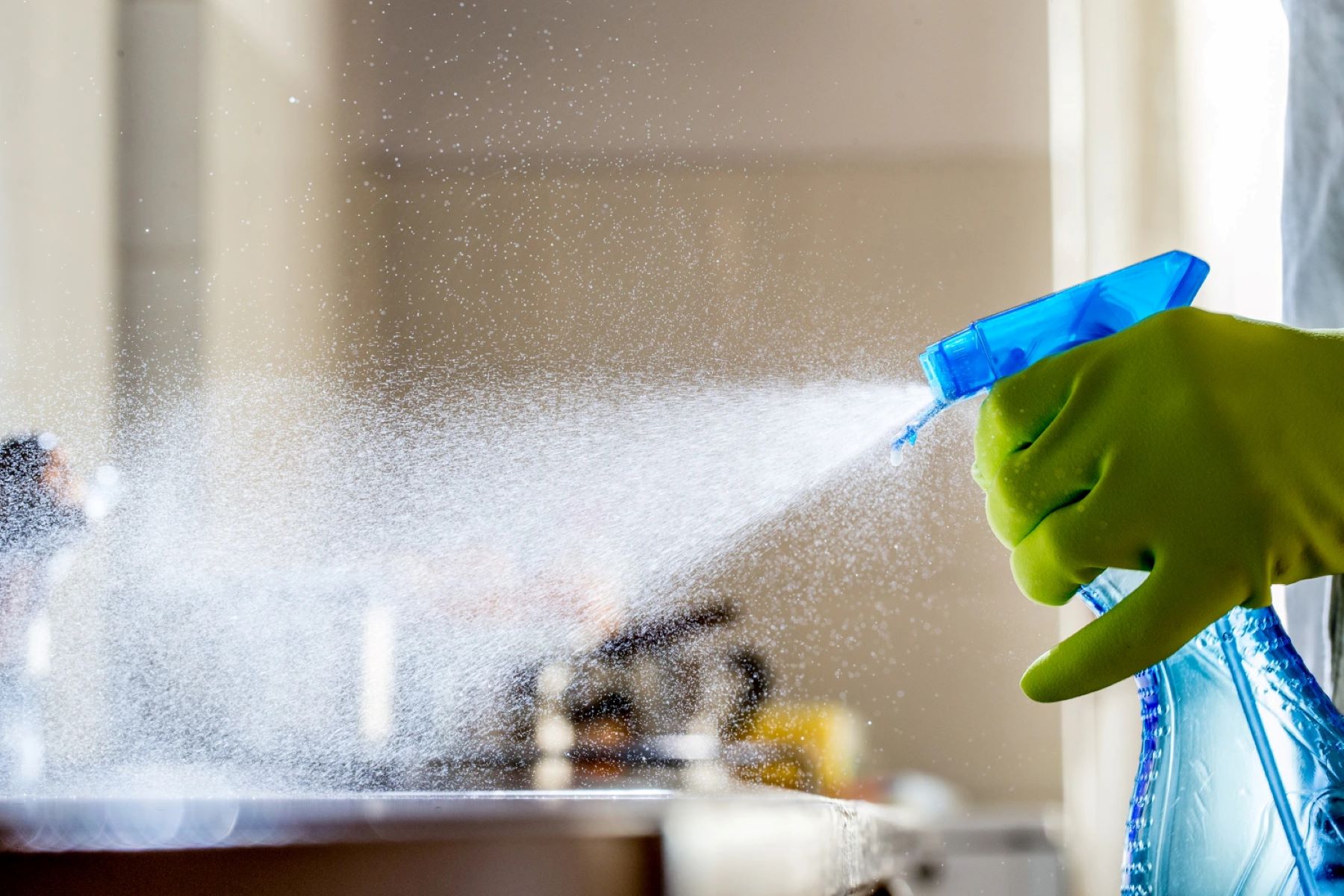

0 thoughts on “How To Get Goo Gone Off Glass”